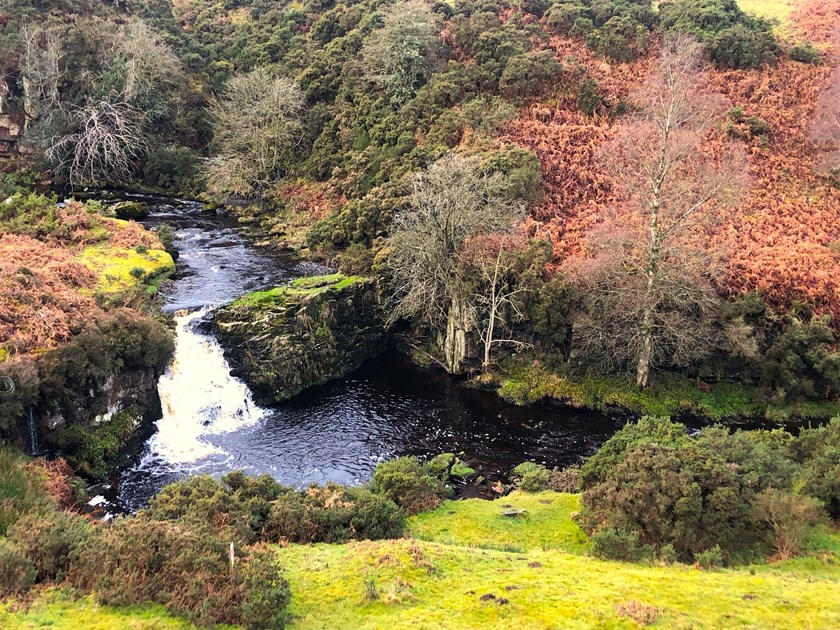An English right to roam?
Insight

Although absent from the main parties’ manifestos this time around, the question of whether England should create a wider right to roam, modelled on the Scottish system, refuses to go away. Labour dropped it as a policy in Autumn 2023, but calls for greater access persist, and a draft English Right to Roam Bill 2024 already exists. Drafted by the access group righttoroam.org (one of a number of bodies pressing for greater access), it is a near facsimile of Part 1 of the Land Reform (Scotland) Act 2003 (2003 Act), which creates the Scottish right to roam and starts with the same cri de coeur: “Everyone has the statutory rights established by this Part of this Act”.
England currently has approximately 140,000 miles of public rights of way and 8 per cent of its land is designated “open access” land under the Countryside and Rights of Way Act 2000 (CRoW). CRoW was brought in by New Labour and significantly increased access to the countryside. However, it does not cover woodland or rivers and also excludes wild camping. Introducing a general right to roam could be seen as the obvious next step.
What is the Scottish right to roam model?
Under the 2003 Act, the public has a right of access over most land (rural and urban) and inland water. The public can cross land for recreational purposes, educational activities and relevant commercial activities, like guided hikes. But there are important exclusions: rights do not apply to land with buildings, fixed machinery or anywhere providing an individual with privacy or shelter (even a tent). Gardens and land on which crops are grown are also excluded. The rights cannot be used for hunting, shooting or fishing, or for motorised activities like quad-biking.
The 2003 Act does not change a landowner’s duty of care towards those on their land: landowners remain responsible for ensuring others can use their land safely, which can prove a heavy burden. In a 2007 case, the landowner was found to be in loco parentis where a boy on their farm was crushed by a heavy gate. The court found the landowner had failed in their duty of care by not foreseeing that the boy could get injured if he interfered in some way with the gate and was not adequately supervised. Landowners may also not obstruct the rights, nor deter public access. In a 2018 case a landowner was found to be in breach of the 2003 Act by erecting a sign proclaiming “Danger Wild Boar”.
For their part, the public must exercise the rights responsibly, by not unreasonably interfering with the rights of others, and acting lawfully and reasonably, taking proper account of the interests of others and the features of the land. In practice, this means not taking anything from the land, keeping animals under control and not starting fires.
Is a right to roam what England needs?
Arguably, a Scottish-style right to roam is not the most suitable extension of CroW, which of course England already has, but Scotland did not before the 2003 Act. One side-effect of CRoW was to create 2,700 hectares of “access islands” which cannot be reached by the existing path network. In the South Downs National Park, of which only 5 per cent is access land, there are 11 access islands. In February this year there was a mass trespass on Vixen Tor in Dartmoor, protesting about access islands where boats were symbolically “sailed over” the private land. Perhaps the focus for England should be joining up the rights of way we already have: connecting them with new housing, making it easier to re-route existing paths via the planning system and making public funding available to landowners (ELMs is starting to) to support landowners in offering the public good that is safe access to green spaces.
The history of how public access has been used and has evolved is different in Scotland and England; so too is the land. A general right to roam in England could be seen as a blunt instrument, with very considerable implications for landowners in terms of liability and impact on land use. But there remains a strong protest movement set against constraints on public access to private property. A right to roam could be a popular policy, easily picked up again.
This publication is a general summary of the law. It should not replace legal advice tailored to your specific circumstances.
© Farrer & Co LLP, July 2024







